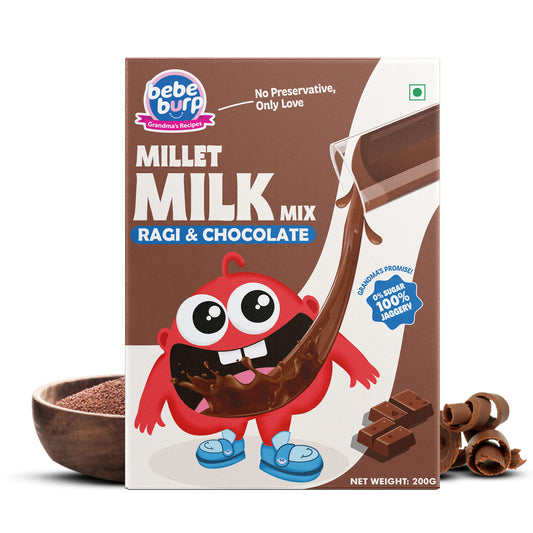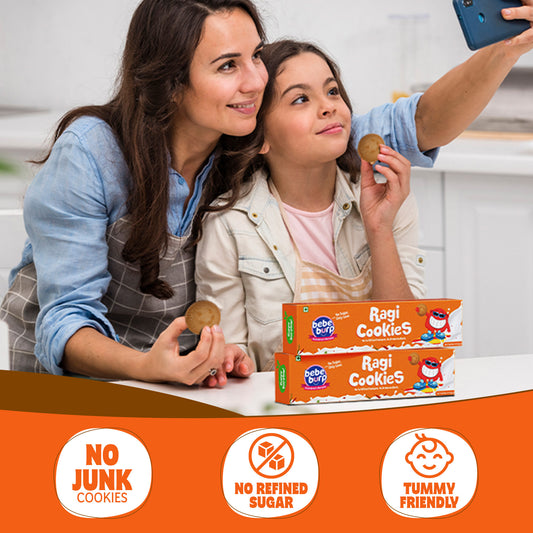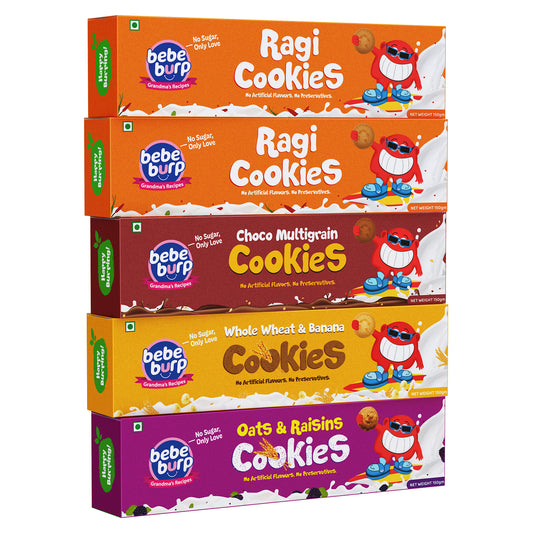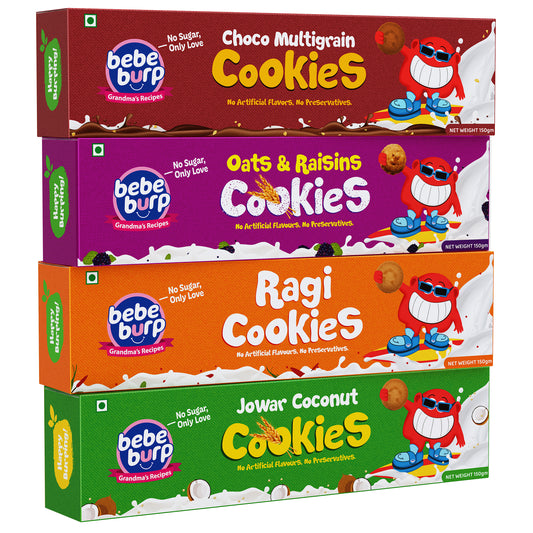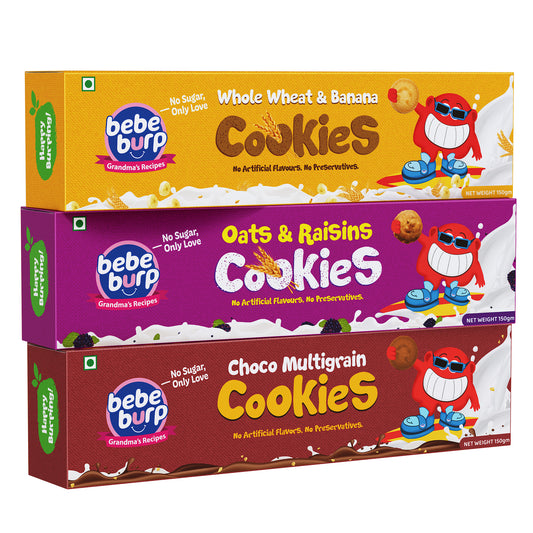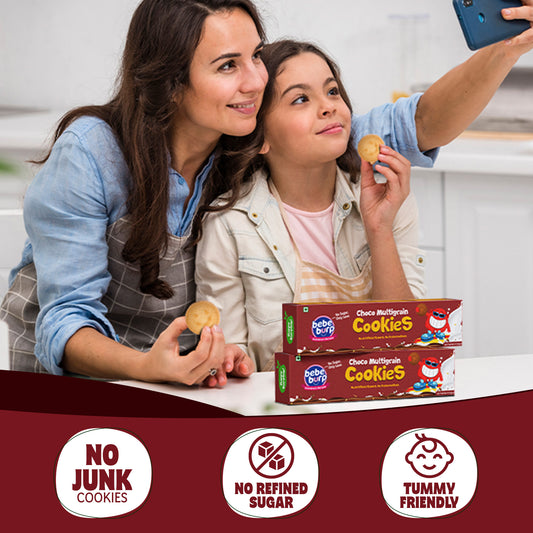Giving your baby fresh food can be exciting, but it can also be a little challenging. Nachni—also known as ragi or finger millet—is a healthy grain that more and more parents are choosing for their little ones.
Rich in vital minerals, nachni for babies is a wise addition to your baby's diet.
Benefits of Nachni for Babies
Nachni is very nutritious, making it an ideal first food for infants. Some important benefits are:
- Rich in calcium: Crucially important for the growth of teeth and bones.
- High in iron: promotes brain growth and helps ward against anaemia.
- Superior source of dietary fibre; helps digestion and avoids constipation.
- Has basic amino acids; promotes general development and growth.
- Obviously gluten-free; safe for infants with gluten sensitivity or intolerance.
- Provides polyphenols and antioxidants, therefore strengthening immunity.
Giving nachni to your baby helps provide them with a complete and natural supplement, which helps them during their rapid growth phases.
When to Introduce Nachni to Babies
Pediatricians suggest the introduction of nachni when the infant is between 6-8 months and ready for solid food. As you proceed, keep the following in mind:
- Begin with a liquid porridge: Make it easier to digest.
- Add foods individually: Monitor for any signs of allergies.
- Observe texture and consistency: Ensure it's suitable for your baby’s age.
Before adding any new food, including nachni for infants, especially if allergies run in the family, be sure you see your paediatrician.
How to Prepare Nachni for Babies
Preparing nachni at home is simple and safe. You can use nachni flour or whole grains. Here's how:
1. Nachni Porridge (6+ months)
- Roast the nachni flour until aromatic.
- Add apple puree or mashed banana at will for sweetening.
2. Nachni Malt (8+ months)
- Soak, sprout, dry, and powder nachni grains.
- Cook using water or milk to boost nutrition.
Tips for Preparation:
- Use fresh foods and clean tools.
- Always cook nachni thoroughly to aid digestion.
- Serve lukewarm and fresh.
Homemade nachni baby food is free from preservatives and is a safer choice for infants.
Nachni-Based Baby Food Recipes
These are some simple, nutritious nachni dishes for infants:
1. Nachni Banana Porridge (6+ months)
- Ingredients: Mashed banana, nachni flour, water.
- Method: Cook nachni flour with water; add mashed banana and well mix.
2. Nachni and Apple Puree (7+ months)
- Ingredients: Apple puree, nachni flour, a little cinnamon.
- Method: Cook nachni then stir into heated apple puree.
3. Nachni Pancakes for Toddlers (10+ months)
- Ingredients: mashed vegetables, ghee, nachni flour.
- Method: Cook like little pancakes after mixing ingredients into a batter.
These baby nachni dishes not only provide fresh tastes and textures but also are really healthy.
Addressing Common Concerns About Nachni for Babies
Q1) Is nachni safe for babies?
Ans: Yes, nachni is safe when introduced at the right age and in the right form.
Q2) Can nachni cause constipation?
Ans: No, nachni is rich in dietary fiber and aids in easing constipation.
Q3) Can babies be allergic to nachni?
Ans: allergic responses are rare. Add new foods gradually, watching for stomach problems or rashes.
Q4) Is nachni suitable for everyday use?
Ans: Yes, but incorporating other grains would provide more balance.
Q5) How much nachni should I give my baby?
Ans: Start with 2-3 tablespoons. Adjust according to age and appetite.
Conclusion
Growing babies can benefit much from the time-tested, nutritious grain nachni, sometimes known as ragi.
Starting solids or searching for nutrient-dense dishes, nachni for babies is a wise and healthy option.
Your child will have a good start that lays the groundwork for lifetime wellness if you cook it at home and introduce it gradually.



